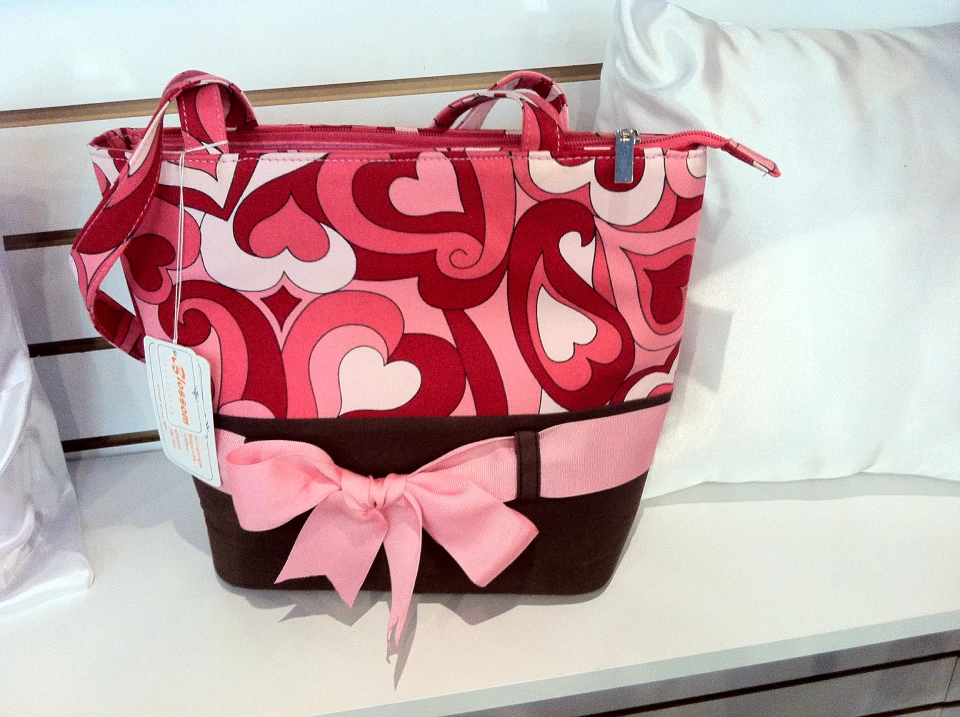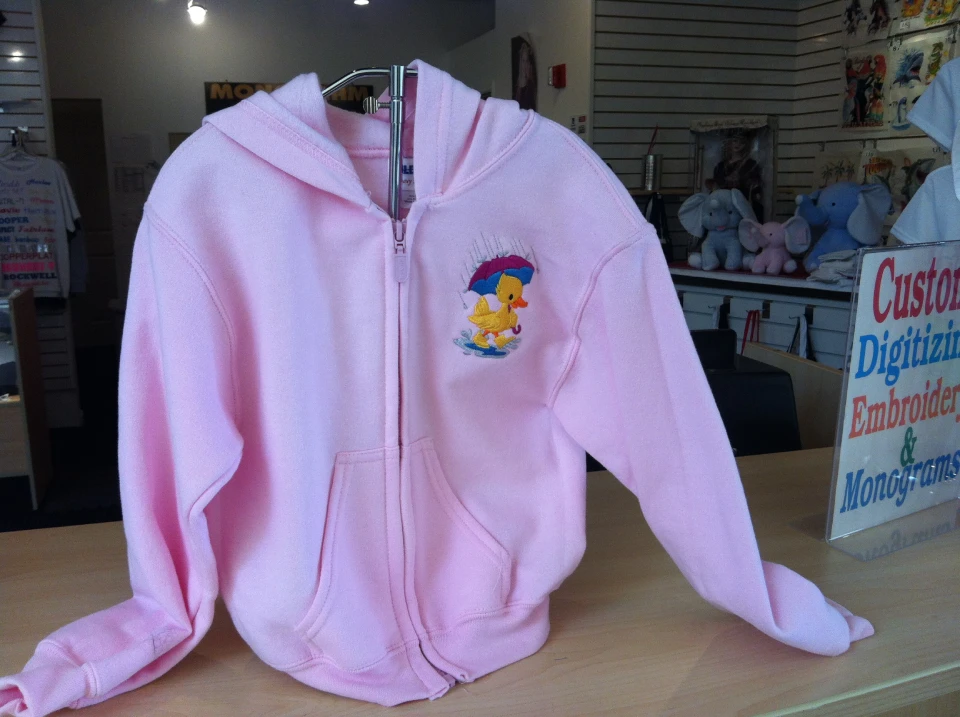Classy Monogramming on Towels for a Touch of High-end
Classy Monogramming on Towels for a Touch of High-end
Blog Article
The Art of Custom Needlework: Opening the Secrets to Creating Special and Memorable Designs
Needlework, a craft soaked in tradition and virtuosity, holds within its elaborate stitches the power to transform textile right into a canvas of one-of-a-kind expression. The keys to developing customized needlework designs that captivate the eye and leave a lasting perception hinge on a fragile balance of strategy, imagination, and focus to information. As we explore the world of custom needlework, we discover the nuanced interplay in between string choice, stitch intricacy, and style personalization that raises a mere garment to an artwork. Join us on a journey with the art of custom-made embroidery as we decipher the mysteries behind crafting truly unforgettable and distinct creations.
Choosing the Right Embroidery Threads
When choosing needlework strings, what vital factors should you think about to ensure the ideal results for your custom layouts? The selection of embroidery string is critical in establishing the final outcome of your stitched design. Among the main factors to consider is the material of the string. Different materials such as cotton, polyester, rayon, and silk supply varying degrees of luster, longevity, and appearance. It is vital to select a string material that matches the fabric you are embroidering on and straightens with the desired look of the layout.
Thicker threads can include measurement and appearance to your layout, while finer threads are excellent for complex details and small message. Furthermore, taking into consideration the color fastness and washability of the string is vital to make certain that your personalized designs preserve their top quality and vibrancy over time.
Checking Out Various Stitch Techniques
To look into the world of 'Checking out Different Stitch Techniques', one must comprehend the ins and outs and subtleties that each sewing technique gives the art of needlework. Various stitch strategies not only add visual passion however likewise add to the total structure and measurement of the style. One preferred stitch strategy is the satin stitch, which entails carefully jam-packed parallel stitches to create a smooth and glossy surface, perfect for completing shapes and producing vibrant details.
On the other hand, the backstitch is a versatile technique typically made use of for describing and adding great information. It involves stitching in reverse to create a strong line of embroidery. In addition, the French knot stitch adds a tactile aspect to styles, best for creating textured accents like blossom centers or attractive touches.
Discovering different stitch methods allows embroiderers to play with light, darkness, and deepness within their styles, elevating the visual appeal and imaginative high quality of their embroidery projects. By mastering numerous stitching approaches, one can open limitless opportunities for producing special and unforgettable custom embroidery pieces.
Incorporating Personalized Layout Elements
Having actually checked out the complexities of different stitch methods such as the satin stitch, backstitch, and French knot, the focus currently changes in the direction of including personalized design components in customized needlework projects. Individualized design elements play a crucial duty in making embroidery tasks genuinely one-of-a-kind and unforgettable.
Another method to incorporate personalized layout aspects is by including symbols or concepts that hold unique meaning to the recipient or mirror their rate of interests and personality. For instance, including a preferred blossom, animal, or hobby-related symbol can make the embroidery layout much more significant and individualized. Furthermore, picking shades that reverberate with the recipient or line up with the designated style can even more improve the customization of the embroidery task.
Understanding the Art of Shade Coordination

One secret facet of color coordination is understanding shade theory. This includes recognizing exactly how different shades communicate with each other, the emotions they share, and exactly how they can be integrated to produce visually attractive styles. By using shade concept concepts, embroiderers can develop unified color schemes that improve the general appearance of the design.
In addition, taking note of contrast is critical in shade control. Utilizing contrasting colors can help particular aspects of the style pop, enhance legibility, and develop an aesthetically vibrant embroidery piece. By understanding the art of shade coordination, embroiderers can elevate their designs and develop remarkable pieces that resonate with clients and viewers alike.
Enhancing Texture With Advanced Embroidery Stitches

French knots, for example, are excellent for including tiny, raised dots to your style, imitating the look of grains or developing a textured surface area. Bullion knots, on the various other hand, can be utilized to create twisted, ropelike components that add a lavish feel to the needlework. Seed stitching includes small, scattered stitches that can complete areas with a multicolor appearance, while turkey work produces cosy, dimensional accents evocative animal hair or vegetation. Experimenting with these innovative needlework stitches allows you to push the this article limits of standard embroidery and develop genuinely special and visually enticing appearances in your layouts.
Conclusion
To conclude, the art of personalized needlework entails a combination of choosing the right threads, exploring various stitch techniques, integrating customized style aspects, understanding shade sychronisation, and enhancing structure with advanced stitches. By understanding and executing these crucial elements, embroiderers can develop distinct and unforgettable layouts that showcase their creative thinking and skill. Embroidery fanatics can unlock the keys to producing beautiful and bespoke items that attract attention and leave an enduring perception.
Report this page